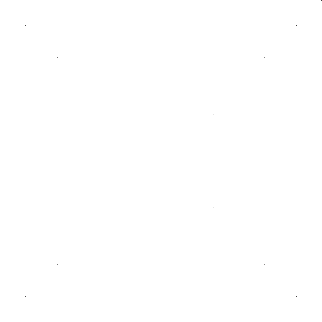MCB-DV-5723
LIFE (in progress)
Autorenschaft
Beschreibung
Der erste Kuss, der letzte Liebesbrief, Parteimitglied werden, Alkohol, Masturbation, FreundInnen, Schuldgefühle, Mutter-Tochter-Konflikte ' all jene Ereignisse bzw. Erinnerungen, die ein Leben ausmachen, sind in der Auftragsarbeit Life (in Progress) in Form von Schriften, Fotos und Videoinstruktionen versammelt. Ist es eine Performance, ist es eine Ausstellung? Oder ein Re-enactment jener dokumentierten Geschichten? Janez Janáas performative Installation wechselt ständig zwischen den Formaten. Das Publikum kann sich frei im Raum bewegen und die verschiedenen Handlungsanweisungen ausführen - oder auch nicht. Der Rhythmus der ZuschauerInnen, ihre (In-)Aktivität und ihr Interesse verwandeln das von Janáa eingerichtete Setting in eine Performance. Dabei entstehen Situationen, in denen Rück- und Vorschau chronologisch Hand in Hand gehen und dabei ununterscheidbar werden.
[Quelle: Tanzquartier Wien
http://tq000006.host.inode.at/Content.Node/de/buehne/spielplan/293.php?ver_id=1233]
The formal framework of the project Life (in Progress) is difficult to determine; it constantly drifts between performance and exhibition. Life (in progress) is the first kiss, the last love letter, protesting, entering a political party, boredom, alcohol, pain, rage, masturbation, the change of name and appearance, a feeling of guilt, friends, our dear departed, mother-daughter conflicts, romances (including the ones that have not left the nicest of memories), and, above all, it is a decision to react or merely observe. Contemporary artists Yoko Ono, Christian Boltanski, Jan Fabre, OHO, Carolee Schneemann, Lucio Fontana, Abramović & Ulay, Jannis Kounellis, Gina Pane, Pablo Picasso and Andy Warhol are ' perhaps without you being aware ' a part of your life. Life (in Progress) creates situations where memory and vision intertwine and become indistinguishable. Is the past only a part of memory or is it also a matter of a political and cultural condition? How much visionariness is there in our visions? And is vision determined by death or the fear of death?
Life (in progress) is composed of written, photo, and video instructions. The spectators are also the actors; walking past the instructions they create the performance according to their own rhythm, sensibility, belief, and (non-)activity. The performance takes place when the visitors decide, and the spectator emerges as the terminal "spectActor", a spectator and actor in one.
Although the performance takes place in the here and now, we can also think of it as a re-enactment of the original performance, which was photo-documented to provide the instructions. SpectActors’ interventions leave behind an exhibition of life that turns the performance Life (in progress) into exhibited installation. The project displays the basic difference between performing and visual arts. In performing arts there are the authors and institutions that control the time of performance, while in visual arts the spectator is in control.
[Quelle: http://www.maska.si/en/?redirect=458]
isrr
Tanzquartier Wien: http://tq000006.host.inode.at/Content.Node/de/buehne/spielplan/293.php?ver_id=1233 & http://www.maska.si/en/?redirect=458
Regie
Darsteller
Standorte
MCB
Reihe
Aufnahmedatum
Montag, 01. Dezember 2008
Orte
Stadt
Ljubljana
Land
Slowenien
Kamera
Robertina Sebjanic and Janez Janša
Länge
25 min
Schlagworte
